Ducted, portable air conditioners suffer from terrible efficiency inherent to their design. Here is how they work and how to improve portable air conditioner efficiency.
Portable (Air-to-Air, Monobloc or Ducted) Units
If you, like many others, find yourself unable to install a split or central air conditioning system due to rental agreements or insulated windows, your options for cooling are limited. Portable air-to-air units, despite their convenience, come with a significant design flaw that compromises their effectiveness. In this article, we delve into the drawbacks of these units and shed light on the inherent problem that plagues 99% of the available commercial models.
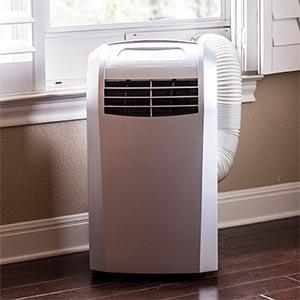
Venting Hot Air: The Achilles’ Heel of Portable AC Units: Portable AC units, similar to traditional air conditioners and heat pumps, rely on the removal of ambient heat from the room air and subsequent dumping of that heat outside. However, this process introduces a range of challenges that impede their overall performance.
- The Hose Conundrum: To vent excess heat, portable AC units require an exhaust hose. Proper installation of this hose becomes crucial in reducing the amount of hot air leaked back into the room. Unfortunately, this task can often be a nightmare due to the limitations of available options and the need for an airtight seal.
- Noise Pollution: With the compressor and fans housed inside the unit, portable ACs can generate noticeable noise levels, hindering peaceful environments. Additionally, the air flowing through the vent hose can create additional noise due to turbulent airflow.
Worse still, however, is an even more crucial design flaw.
Why They Suck
The required vent hose truly is the largest drawback of a portable unit. Which is why most product pictures tend to downplay that little detail, as most photos only show the product itself. You may notice, however, that they seemingly all only have one hose. But that is a big problem.
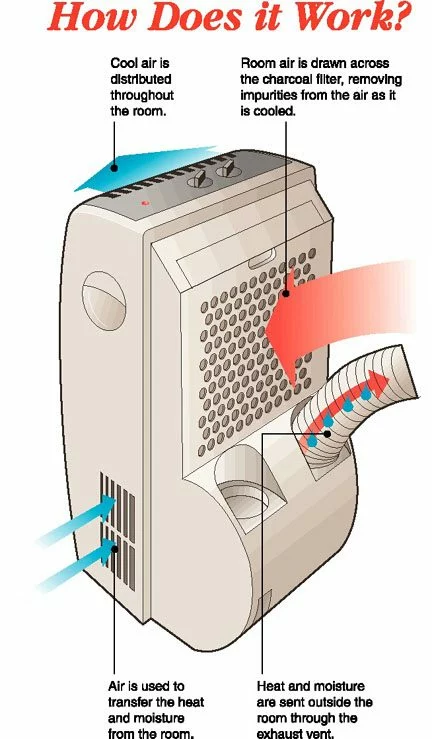
Can you see the issue?
While the aforementioned challenges can be mitigated to some extent, the fundamental flaw lies in the design of the majority of commercial portable AC units. This flaw stems from their reliance on room air for heat dissipation and ventilation, inadvertently leading to a negative pressure differential that draws hot air from the outside into the room. This counterproductive phenomenon significantly hampers the cooling efficiency and undermines the unit’s purpose.
The Energy Efficiency Rating (EER)
Many electric appliances in the EU need to be sold with an energy label, which is supposed to tell you how (in-)efficient an appliance is. With single- and double duct air conditioners, this metric is calculated using the Energy Efficiency Rating (EER).
The EER is a measure of the energy efficiency of air conditioning systems. It provides a standardized metric that allows consumers to compare the efficiency of different models. The EER is typically used for evaluating window units, portable air conditioners, and other smaller air conditioning systems.
The EER is based on the concept of the coefficient of performance (COP). The COP is a ratio that represents the amount of cooling or heating provided by an air conditioning system per unit of energy consumed. In the case of air conditioners, the COP specifically measures the cooling capacity of the unit in relation to the electrical power input.
The COP is calculated by dividing the cooling capacity in British Thermal Units (BTUs) per hour by the power consumption in watts. This gives a ratio of how much cooling the unit can provide for a given amount of electrical energy consumed. A higher COP indicates greater energy efficiency, as more cooling is achieved per unit of energy consumed.
To convert the COP into the EER, the British Thermal Units (BTUs) are divided by the power consumption in watt-hours. The resulting value represents the cooling capacity in BTUs for every watt-hour of electricity consumed. Therefore, a higher EER signifies a more energy-efficient air conditioner.
This value completely disregards environmental variables, such as whether the system draws in hot air while it is running. That is why ducted air conditioners can receive an A energy efficiency rating — despite, realistically, being many times less efficient under real-world conditions than other air conditioner types. The only reason why single and dual duct systems are even still sold in the EU is because the EU made an exception for them, as they are so inefficient that they’d have been banned otherwise.
How to make portable ACs suck less
The biggest problem is: The negative pressure created by venting room air outside. The easiest and most obvious solution is the addition of a second hose — creating a separate loop for the hot side of the heat exchanging cycle. Outside air is sucked in, heat is dumped into it, and the air is then vented outside. Thus creating no pressure differential inside, and therefore not drawing additional hot air in.
For reasons beyond my understanding, however, there seem to be no dual hose ACs on sale anywhere in Germany. I can only conclude that this is done purely because the manufacturers don’t need to do it. The energy label rating, as stated previously, is entirely fictitious regardless of single or dual hose use. And consumers are likely already annoyed by having to install a single hose. The installation of a second hose therefore may be the straw that breaks the camel’s back.
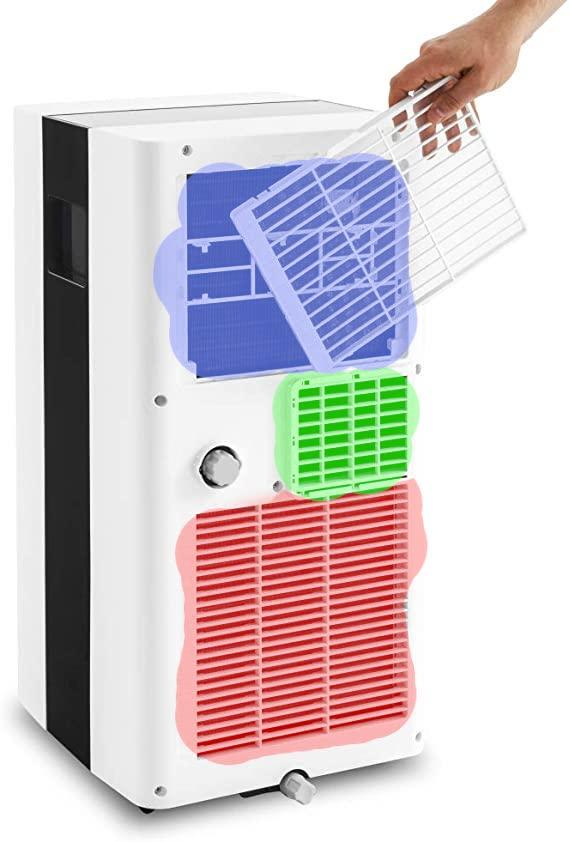
That leaves us to take matters into our hands. It is possible, and actually fairly simple, to convert a single hose portable AC to a dual hose portable AC. First off, you need to identify the vent where your AC draws in ambient room air to cool down the hot side of your AC.
I have a fairly cheap white-label AC I bought out of dire need at a local grocery store. It does have a lot of bang for the buck, but also has the flawed single hose design.
- RED: This is the hot side air intake. This is where we will install the air intake hose.
- GREEN: This is the hot side air exhaust. This is where the regular exhaust hose is installed.
- BLUE: This is the cold side air intake, which takes the room air, where it is then cooled down and vented out the other side.
The Quick and Dirty Way
What you need:
| Component | Description | Where to buy |
|---|---|---|
| AC air hose | The air that draws in the outside air. It should be identical to the exhaust vent hose to reduce the strain on the motor. | Amazon.de Amazon.com |
| AC air hose flange | Regular duct tape. I said this is the quick and dirty way, after all. | Amazon.de Amazon.com |
| Duct Tape | Regular duct tape. I said this is the quick and dirty way after all. | Amazon.de Amazon.com |
| Window AC adapter | An adapter to fit the intake side into a smaller slot on the window. Not strictly necessary, but recommended. | Amazon.de Amazon.com |
| AC Window Seal Kit | Likely only necessary for other Europeans out there, but a must-have for us for sure! | Amazon.de Amazon.com |
| Carton or other building material | To cover the intake vent. I’ve used carton boxes, but nearly anything will do. | Be creative! |
- Cut the carton in a shape large enough to cover the intake vent. Before installing it, cut a hole around the centre of the cover and attach the hose adapter.
- Proceed to attach the cover to the AC unit and seal it with duct tape.
- Now attach the hose, once again seal it with duct tape.
- Proceed to hang the intake vent outside the window. Make sure to keep a distance to the intake hose, to prevent an air short-circuit.
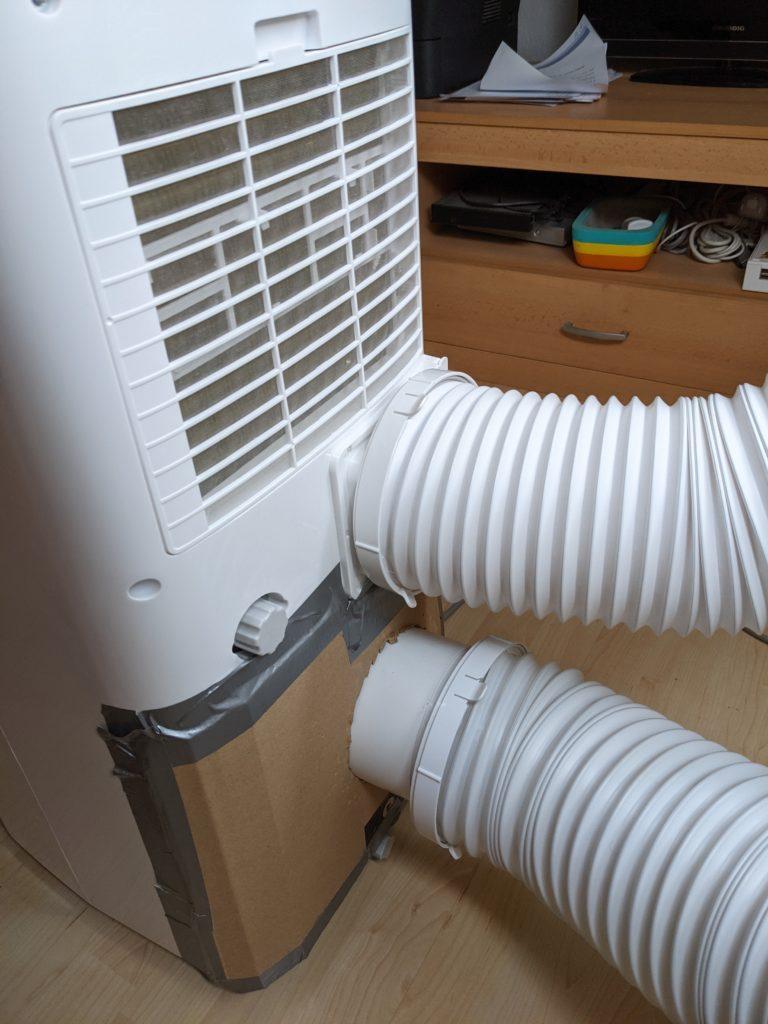
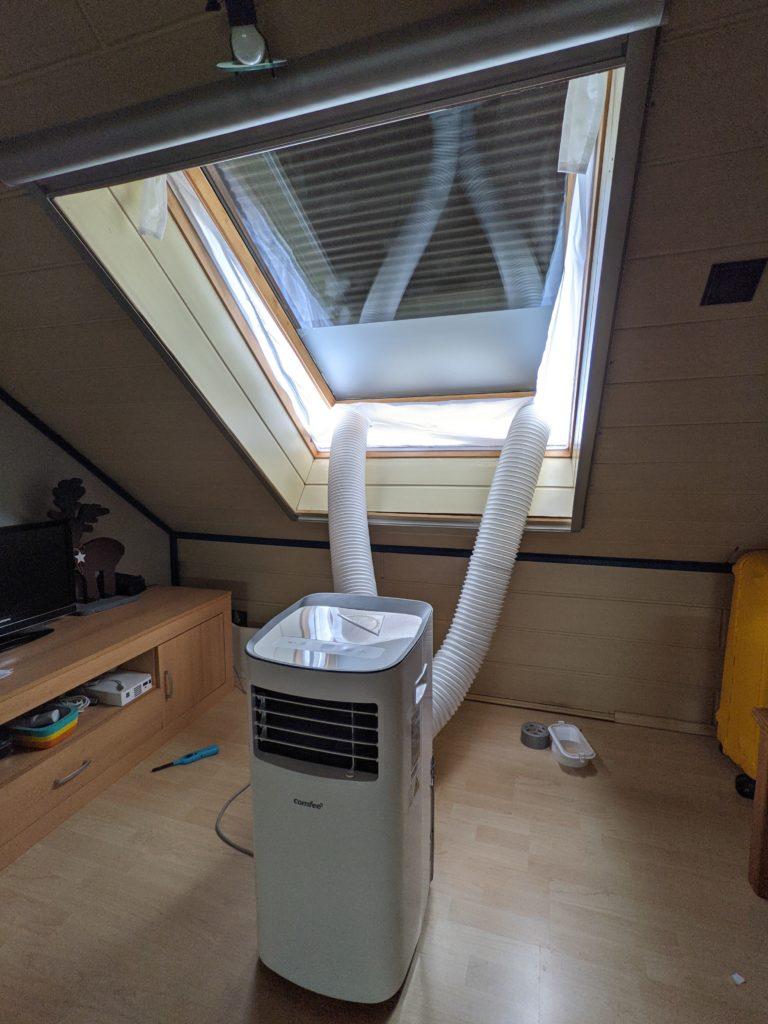
It ain’t pretty, but it works! I don’t have the tools necessary to take accurate measurements, but not only has the AC now managed to cool the room down far more, the compressor now occasionally turns off as it has reached the target temperature. This is something it had not done before.
The Proper Way
Now, while the above may work, surely there is a more aesthetically pleasing way? Well, you’re still going to be stuck with two ugly hoses hanging out of a window, so it’s going to be a losing battle, but I’ve designed a replacement attachment for the intake vent:
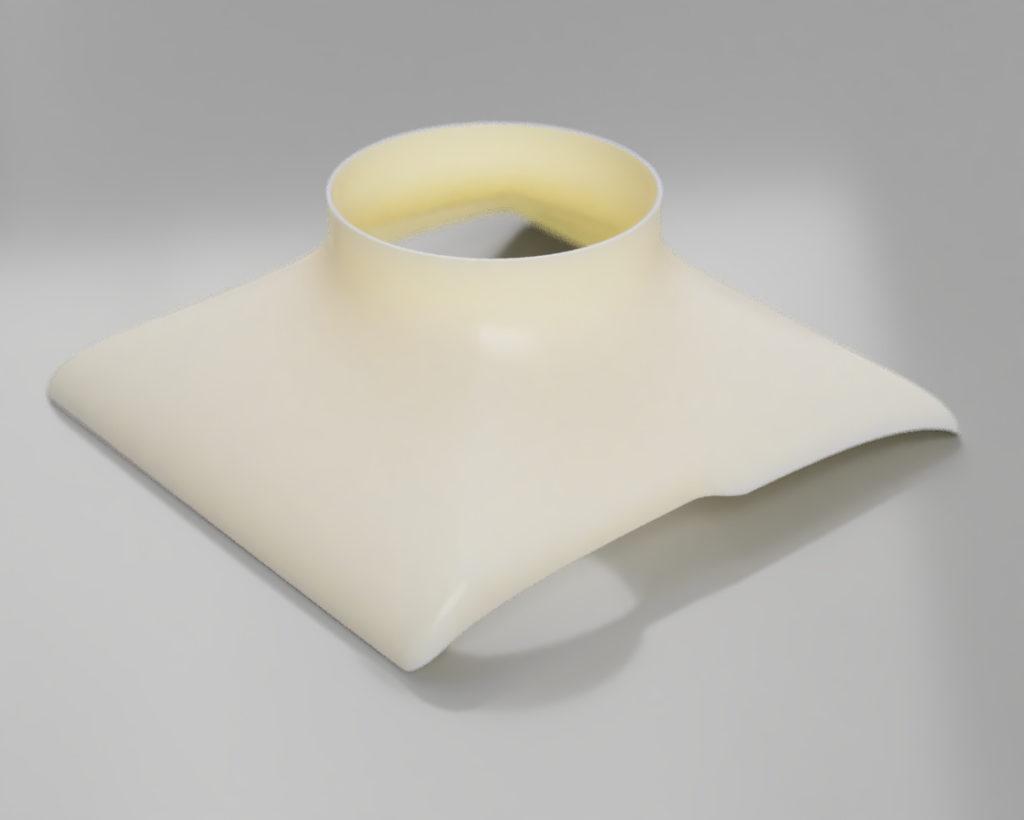
Because I currently lack access to my 3D printer, I was unable to print the adapter myself. The installation process is much the same.
Conclusion
Once again, where manufacturers fail, makers like us can make up the difference. With just a bit of duct tape and carton, you can vastly improve the experience of your AC (and lower the electricity bill to boot!). I hope this helped — and if you know someone who also uses one of these abysmal AC units, tell them about this to make their misery slightly less agonising!
I have recently discovered the joy of using ceiling fans. Furthermore, I was sceptical at first, but there’s a reason why they enjoy an immense popularity around the world. Because of the draft they create, I’ve been comfortable in room temperatures of 30 °C, while consuming only 30 Watts of power, and being much quieter overall. This has worked so well this summer (2022), that I’ve decided to sell my portable AC unit.
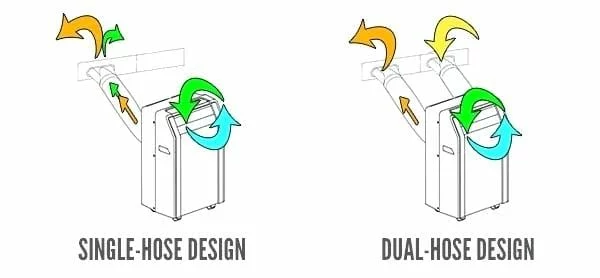
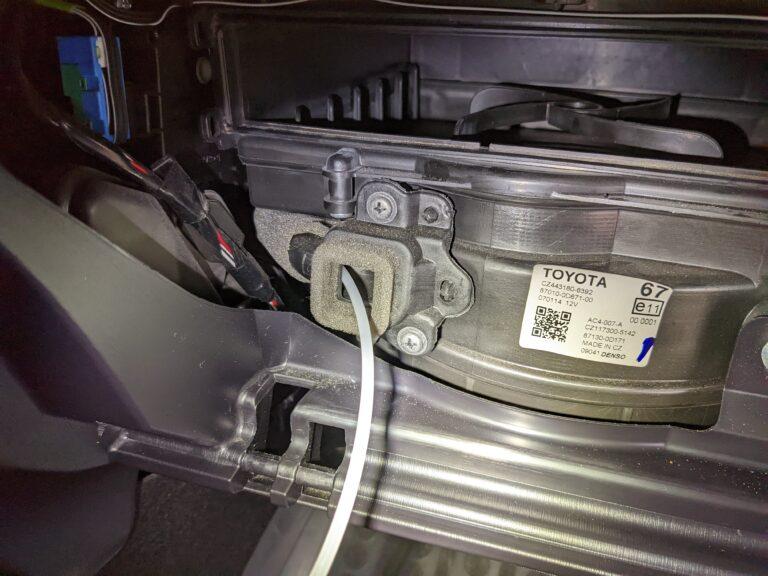
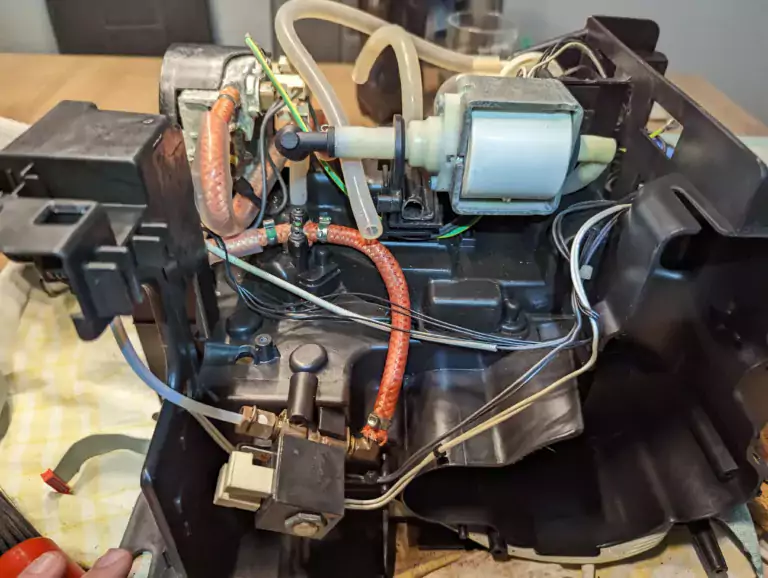
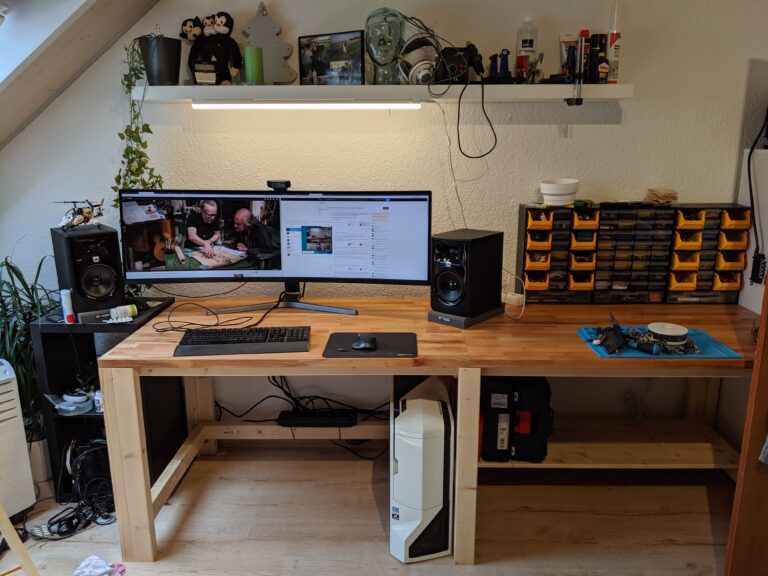
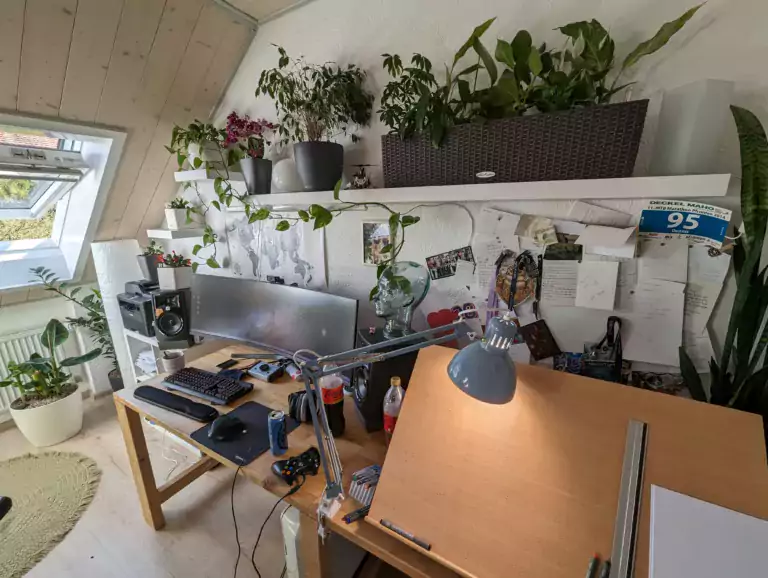
Thank you so much for this older article I just found. I have a truck camper with a portable AC and the efficiency was horrible. Plan this week to make the modifications in prep of a very warm camping trip to Virginia.
Thanks,
Robert
Maryland
Sorry but the idea is sound in theory but it’s got to be wrong.
If the air outside (which is why you’re having an AC on in the first place), is say 35oc and you want 20oc inside, you’re effectively trying to cook 35oc air.
If you use the indoor standard version you’re cooling the 30oc air, 25oc air.. Etc etc, as the air in the room will be significantly cooler than the outside air.
This is like trying to do this for electric heaters asking then to pull in air from outside to warm up instead of heating the air inside.
No, you are incorrect.
How do you think split AC systems work?
The coolant is enough to combat the hotter air.
You don’t “cook air”, you use the thermal energy to compress a gas to liquid form.
Your comparison to heating air with electricity is incorrect.
But the idea portrayed here is only half efficient, in the real world a lot of room air will be pulled from all sides and openings, including the recently cooled air, sending it out the exhaust. Dual hose ACs have insulated compartments, making sure only air from the intake hose is being pulled through the condenser.
Nice article! Where can I find the stl file for the 3d printed part? Thanks!
The part never actually made it to production – I (stupidly) only realized belatedly that my 3D printer isn’t large enough to print it as one part, and I didn’t want to deal with having to print it in separate parts and connect them somehow.
In the end the cardboard-trick worked well enough! Still does actually. Maybe not terribly pretty, but good enough for me.
Hello from Texas, USA. Thank you for the article, this is exactly what I was looking for and took it one step beyond. I have a tiny 10 foot vintage camper and the AC is built into the kitchen cabinet with a large air intake just above it. The negative air pressure is sucking hot Texas air from the loose main door seals and drafty windows so that it never cools off. I had previously built in a window unit into a teardrop and had to do the multiple dusts and my thought was to cut a 6″ hole in the floor with a bug screen which would pull the additional air it needs from the hole ~inside the cabinet~ and not from all over the interior living area of the camper. You took that up a notch by isolating the intake which I will be doing, thanks!
I did a similar modification to my AC, but my intake it attached to a vent/duct near by which goes to the furnace in the basement. That air is actually colder than the AC’ed upstairs.
Also I vented the heated pipe thought the wall with a 12inch long pipe. The most important thing I found was insulating this exhaust pipe as heat radiates though the pipe – looks better as well.
I was nervous modifying my AC until I saw a GE model that sells an adaptor to convert a 1 hose to 2 hose. BUT their adaptor has a small grate so not 100% sealed (maybe 80%). I think I will do 80% as I don’t want to starve my AC unit of air. Food for thought.
i have an intake vent on the side and an intake vent on the back, how do i know which one is hot intake and which one is cold intake so i know which one to board up with a new DIY duct to the outside? before reading this i had tried boarding up both intake vents with my own DIY duct to the outside but obviously the compressor overheats and shuts off as a safety when it gets too hot. thanks